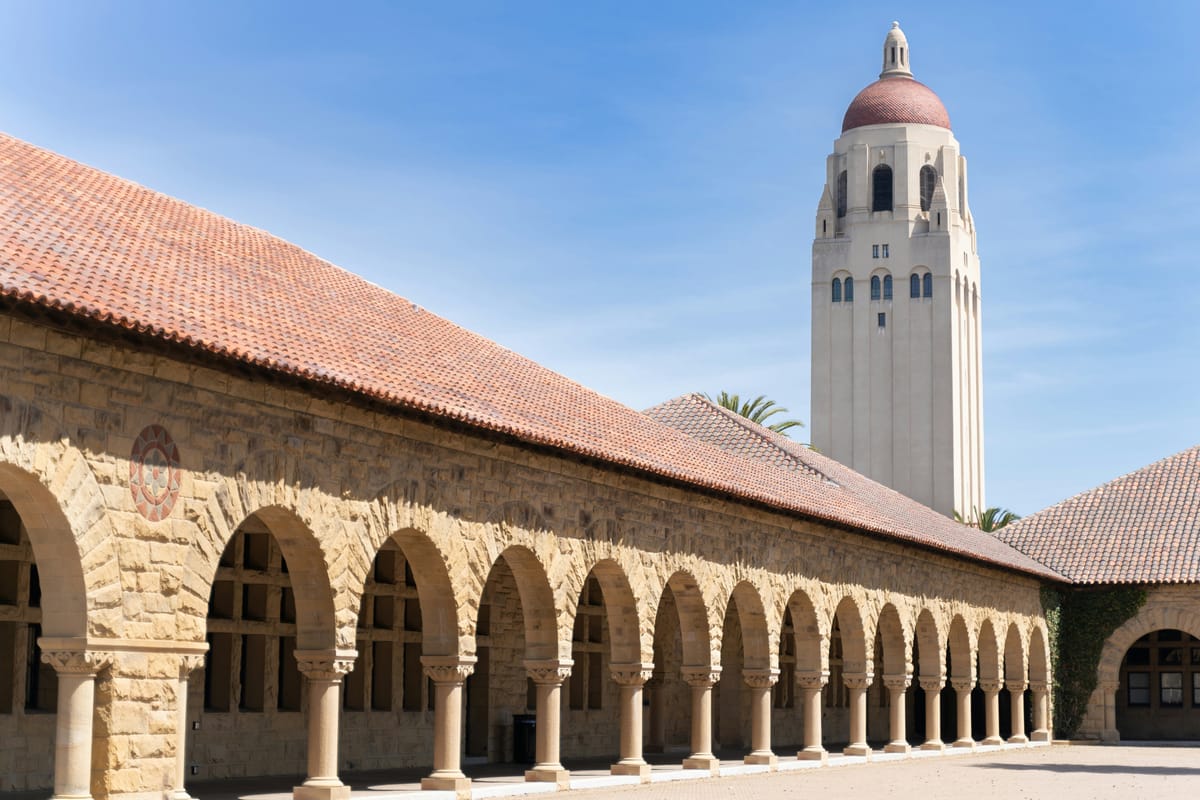After five years of pioneering research into the abuse of social platforms, the Stanford Internet Observatory is winding down. Its founding director, Alex Stamos, left his position in November. Renee DiResta, its research director, left last week after her contract was not renewed. One other staff member’s contract expired this month, while others have been told to look for jobs elsewhere, sources say.
Some members of the eight-person team might find other jobs at Stanford, and it’s possible that the university will retain the Stanford Internet Observatory branding, according to sources familiar with the matter. But the lab will not conduct research into the 2024 election or other elections in the future.
The shutdown comes amid a sustained and increasingly successful campaign among Republicans to discredit research institutions and discourage academics from investigating political speech and influence campaigns.
SIO and its researchers have been sued three times by conservative groups alleging that its researchers colluded illegally with the federal government to censor speech, forcing Stanford to spend millions of dollars to defend its staff and students.
In parallel, Republican House Judiciary Chairman Jim Jordan and his Orwellian “Subcommittee on the Weaponization of the Federal Government” have subpoenaed documents at Stanford and other universities, selectively leaked fragments of them to friendly conservative outlets, and misrepresented their contents in public statements.
And in an actual weaponization of government, Jordan’s committee has included students — both undergraduates and graduates — in its subpoena requests, publishing their names and putting them at risk of threats or worse.
The remnants of SIO will be reconstituted under Jeff Hancock, the lab’s faculty sponsor. Hancock, a professor of communication, runs a separate program known as the Stanford Social Media Lab. SIO’s work on child safety will continue there, sources said.
Two of SIO’s major initiatives — the peer-reviewed Journal of Online Trust and Safety and its Trust and Safety Research Conference — will also continue. (The journal is funded through a separate grant from the Omidyar Network.)
But in quietly dismantling SIO, the university seems to have calculated that the lab had become more trouble than it is worth.
In a statement emailed after publication, Stanford strongly disputed the fact that SIO is being dismantled. “The important work of SIO continues under new leadership, including its critical work on child safety and other online harms, its publication of the Journal of Online Trust and Safety, the Trust and Safety Research Conference, and the Trust and Safety Teaching Consortium,” a spokesperson wrote. “Stanford remains deeply concerned about efforts, including lawsuits and congressional investigations, that chill freedom of inquiry and undermine legitimate and much needed academic research – both at Stanford and across academia.”



It’s the concentration of money and its interests. It corrupts purpose.